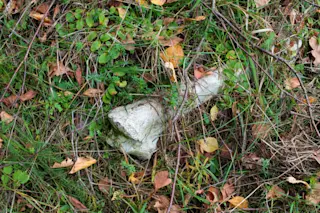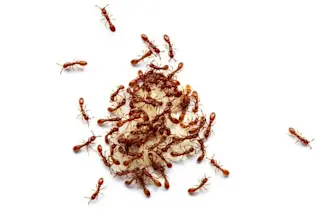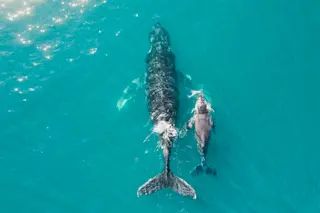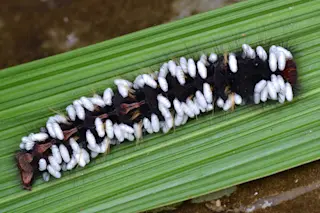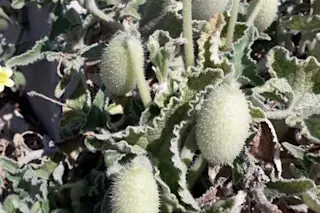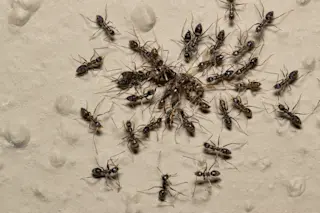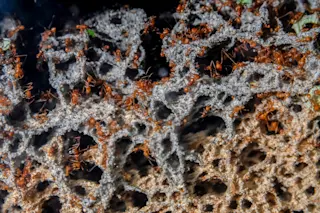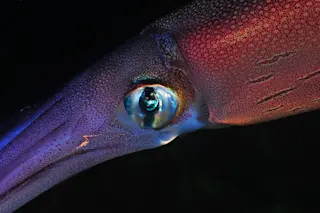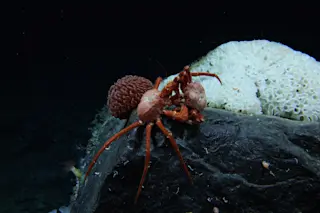
More than 1.6 billion years ago
, one cell engulfed another and put it to work. More specifically, a eukaryotic cell
, the sort of cell that contains distinct structures with different functions, took in a blue-green bacterium
that could do something it could not: use sunlight to make sugars. The ancient eukaryote then reproduced the bacterium in all of its cells, making it a permanent part of the intracellular environment. What was once an independent microbe was now the chloroplast: the cellular structure, or organelle, that plant cells use to photosynthesize
. They've been together ever since, an absorption known as endosymbiosis
. Nor, scientists think, were chloroplasts the only parts of cells that were once bacteria: Mitochondria
, organelles that produce energy in plant and animal cells, got their start the same way, and some other organelles may have, as well. Now researchers have found another useful bacterium that they think is on its way to becoming a modern organelle of another eukaryotic cell---this time, an alga rather than a plant or animal. Studying this relationship would allow scientists to witness endosymbiosis in action, something they had long theorized but never seen. The alga and the bacterium met in the ocean, and forged a relationship based on nutrient exchange, researchers report in Science
. The alga draws energy from sunlight and produces sugars, which the bacterium uses as fuel. In return, the bacterium processes nitrogen gas into ammonium, which the alga needs. This transfer can occur because the bacterium and the alga live close together, as the scientists know through microscopy and by the fact that the two cell types stayed together during a cell sorting experiment. In the future, scientists predict
, the two will be inseparable; the alga will engulf the bacterium, the bacterium will lose its individual identity and, instead, live as an organelle within the algal cell. The rest will be history. [via New Scientist
]
Image via Thomas Geier/Wikimedia Commons



